8 Insects That Eat Flowers And How To Get Rid Of Them
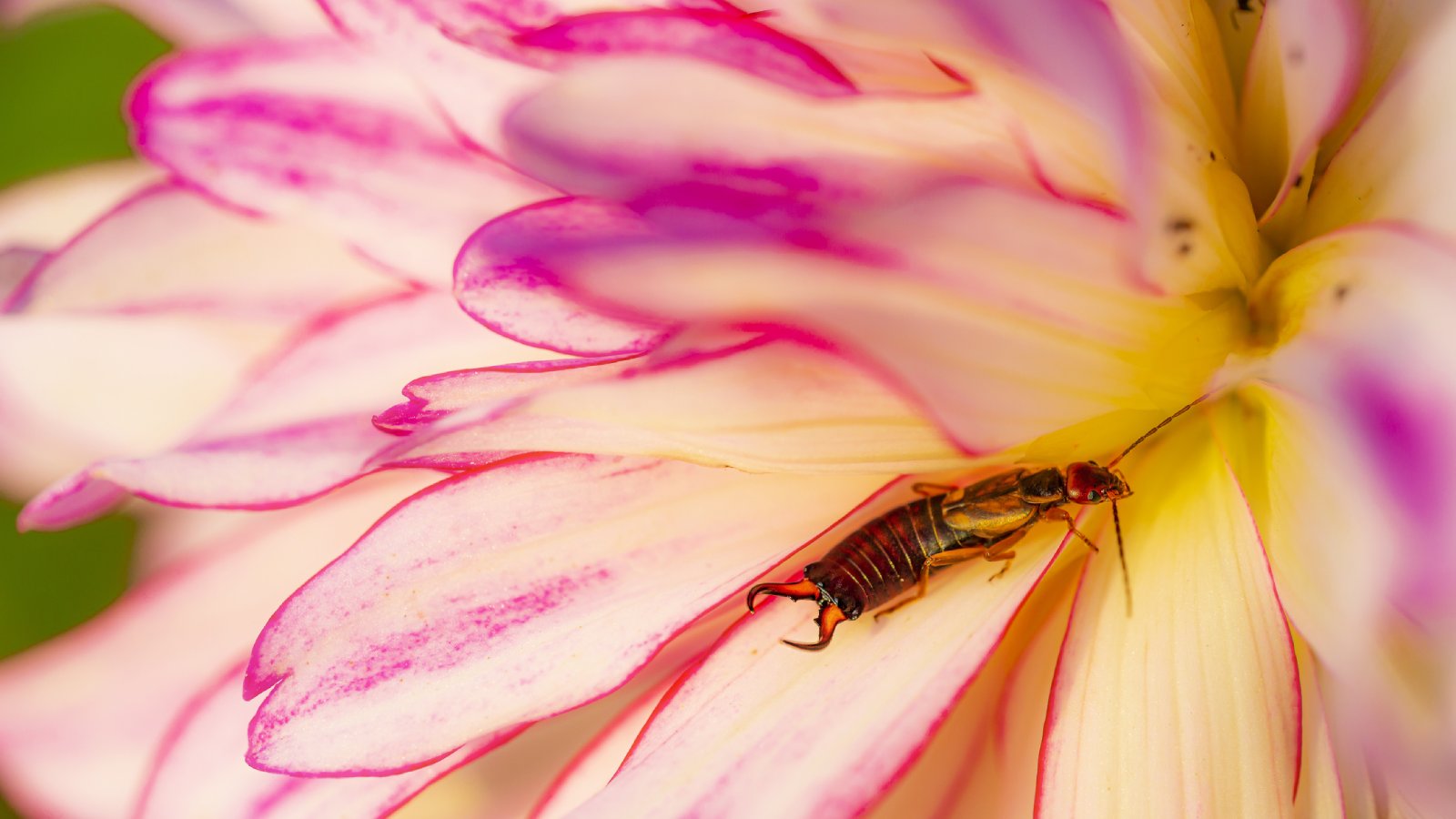

Insects that eat flowers are troublesome pests and an ever-present source of exasperation in the home garden. This is especially true for those who grow ornamentals or nurture cut flower patches. While it’s no surprise to find that something has caused damage to beds and borders, gardeners often find themselves desperate to better understand what exactly may be eating their flowers. Below, we will answer some of the most common questions related to this frustration: Do insects eat flowers? What insects eat flowers? How do I save my beautiful blooms?
What Insect Is Eating My Flowers?
Local wildlife is known to browse and damage garden plants, but insects that eat flowers are especially problematic. Though some species can be easily identified, others may require research or be otherwise difficult to recognize. Learning more about the most common culprits can help growers to better diagnose and treat plants before the damage becomes too severe.
1. Earwigs
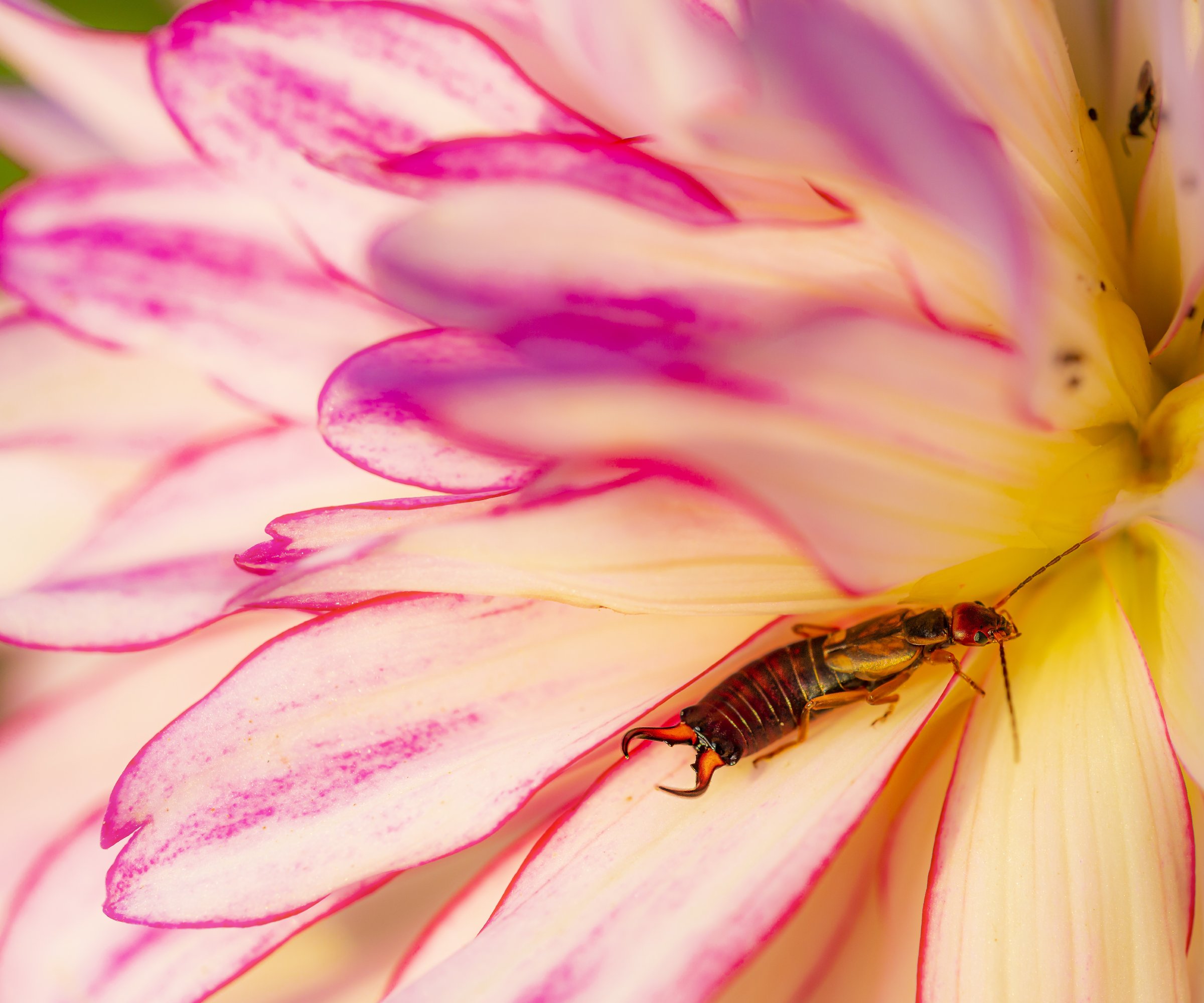
Among common bugs that eat flowers, earwigs often leave gardeners to question how to protect their plants’ delicate blooms. During the day, earwigs remain hidden, often taking refuge in moist places or deep in the creases of flower petals. At night, the pests begin to feed on organic matter. In a short time, earwigs can cause extensive damage to ornamentals and valuable cut flower crops like dahlias, roses, and zinnias.
2. Pillbugs
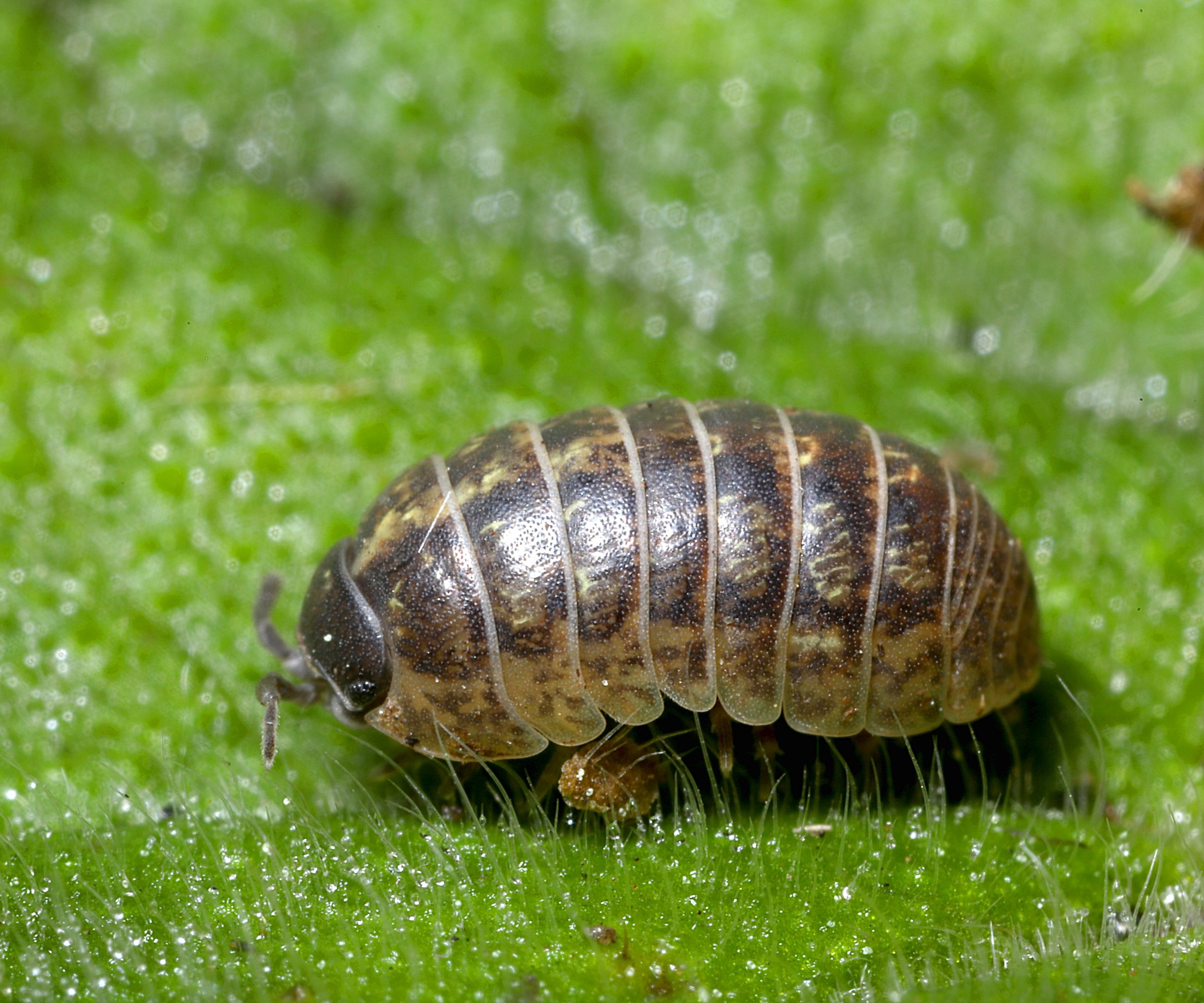
Making their home in decaying plant matter, pillbugs (also known as sow bugs) are isopods. These soil-dwelling crustaceans can often be found in large numbers throughout compost and potting mixes. While you may be alarmed to find these unique creatures in containers and garden beds, they generally do not pose a threat to flowers. Still, it’s good to remain vigilant of groundcovers and other low-growers, as damage may be a sign of occasional feeding.
3. Thrips
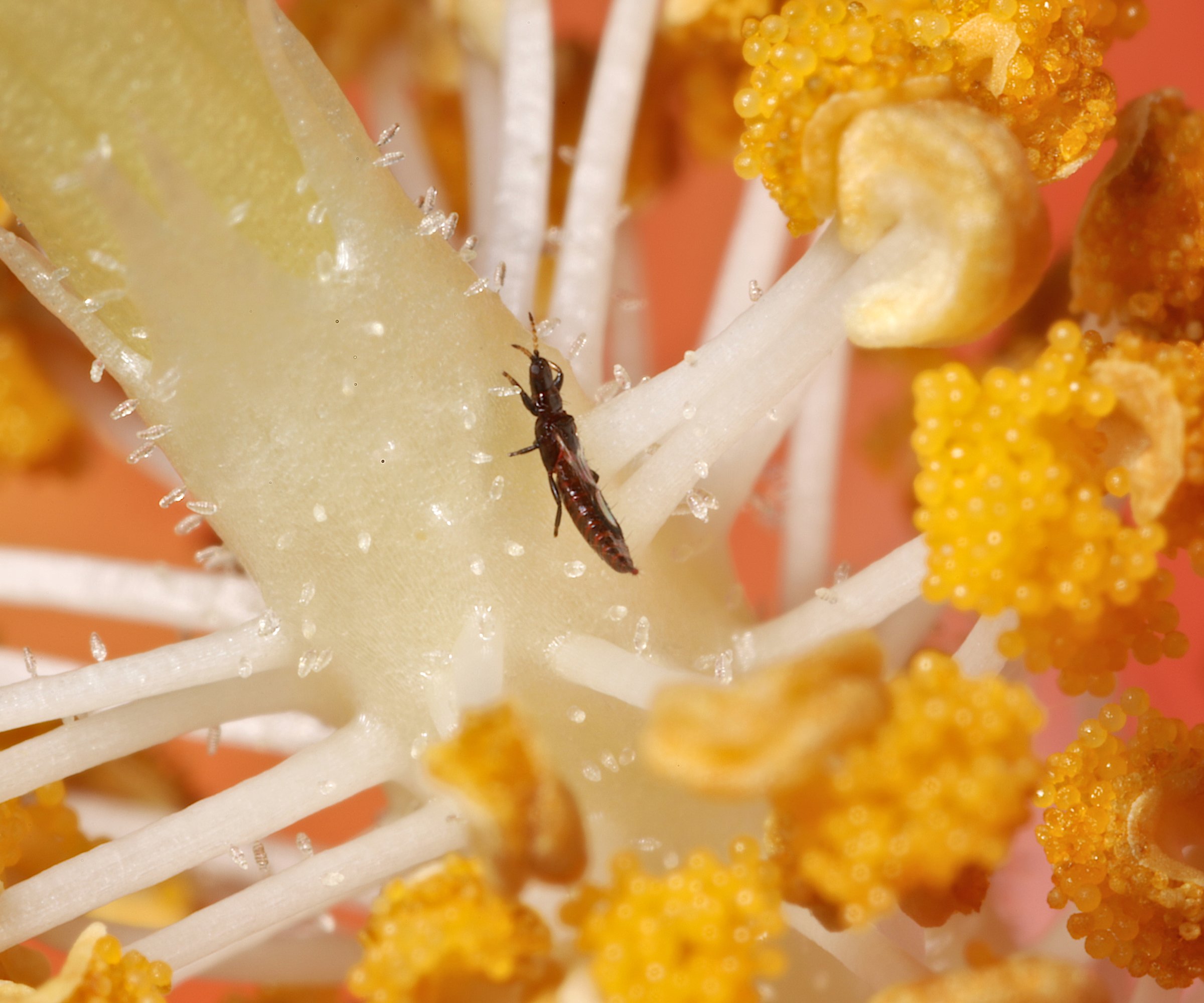
Thrips are yet another troublesome garden pest. In addition to the bugs eating flowers, thrips may feed on foliage, causing the decline and potential loss of plants. As thrips feed on the sap of flowers, infestations may damage the buds or cause them to become disfigured. Many popular garden plants, like gladiolus and roses, are especially susceptible to thrip injury.
4. Weevils
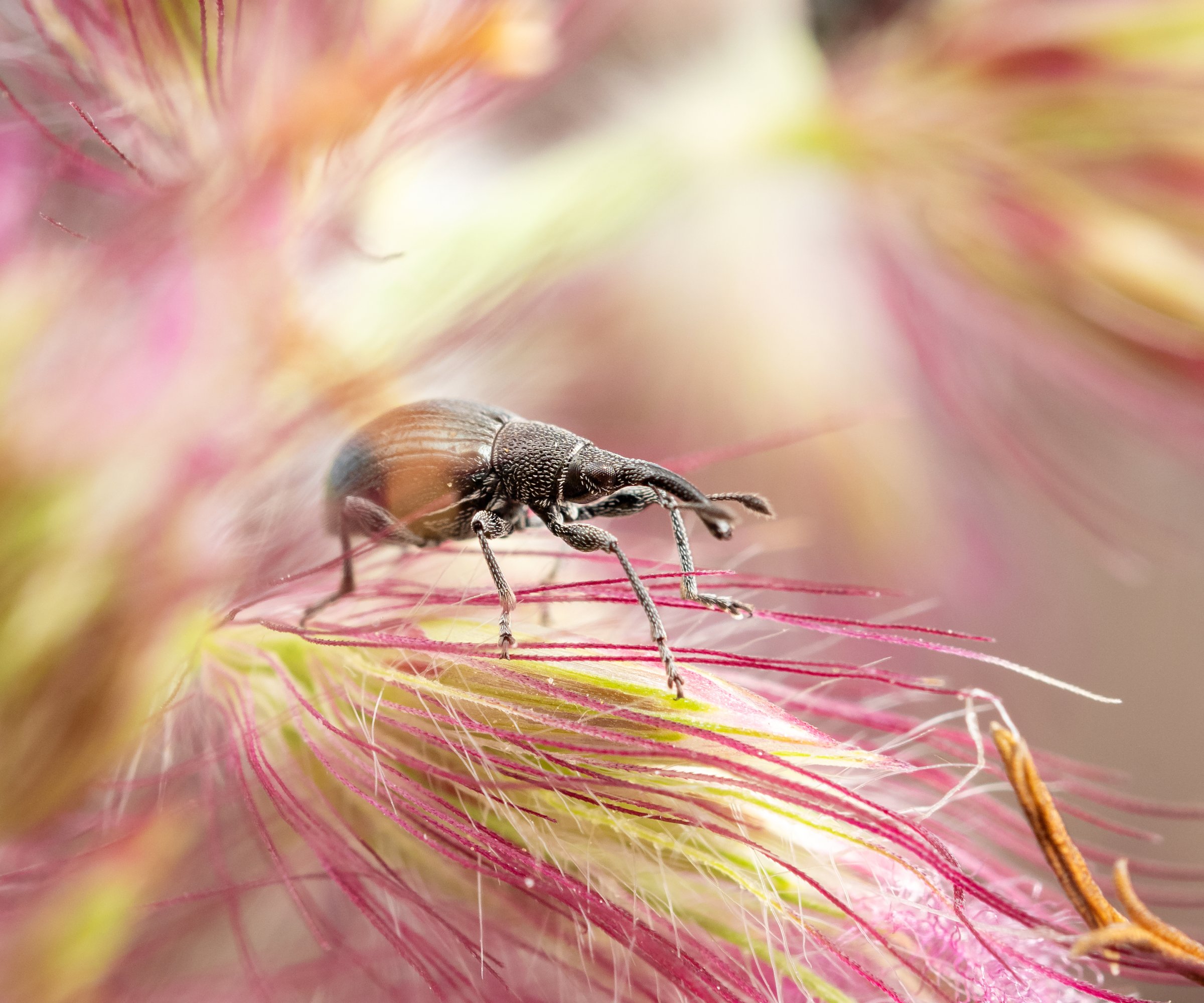
Though some species of weevil are more likely to be found around the root system of plants, others favor flowers with large, daisy-like blooms. The most notable symptom of weevil damage is the presence of circular or crescent-shaped holes across petals. Much like earwigs, weevil damage may be difficult to identify, as the pest is most likely to feed only after the sun has set.
5. Leafhoppers

True to their namesake, leafhoppers are most commonly seen as they flit from one plant to the next. These insects feed on the sap of each plant, frequently hiding underneath their leaves and among flower petals. Blooms damaged in this manner are likely to show signs of spotting, and may even be deformed when large numbers of the pest are present in the garden.
Gardening tips, videos, info and more delivered right to your inbox!
Sign up for the Gardening Know How newsletter today and receive a free copy of our e-book "How to Grow Delicious Tomatoes".
6. Beetles
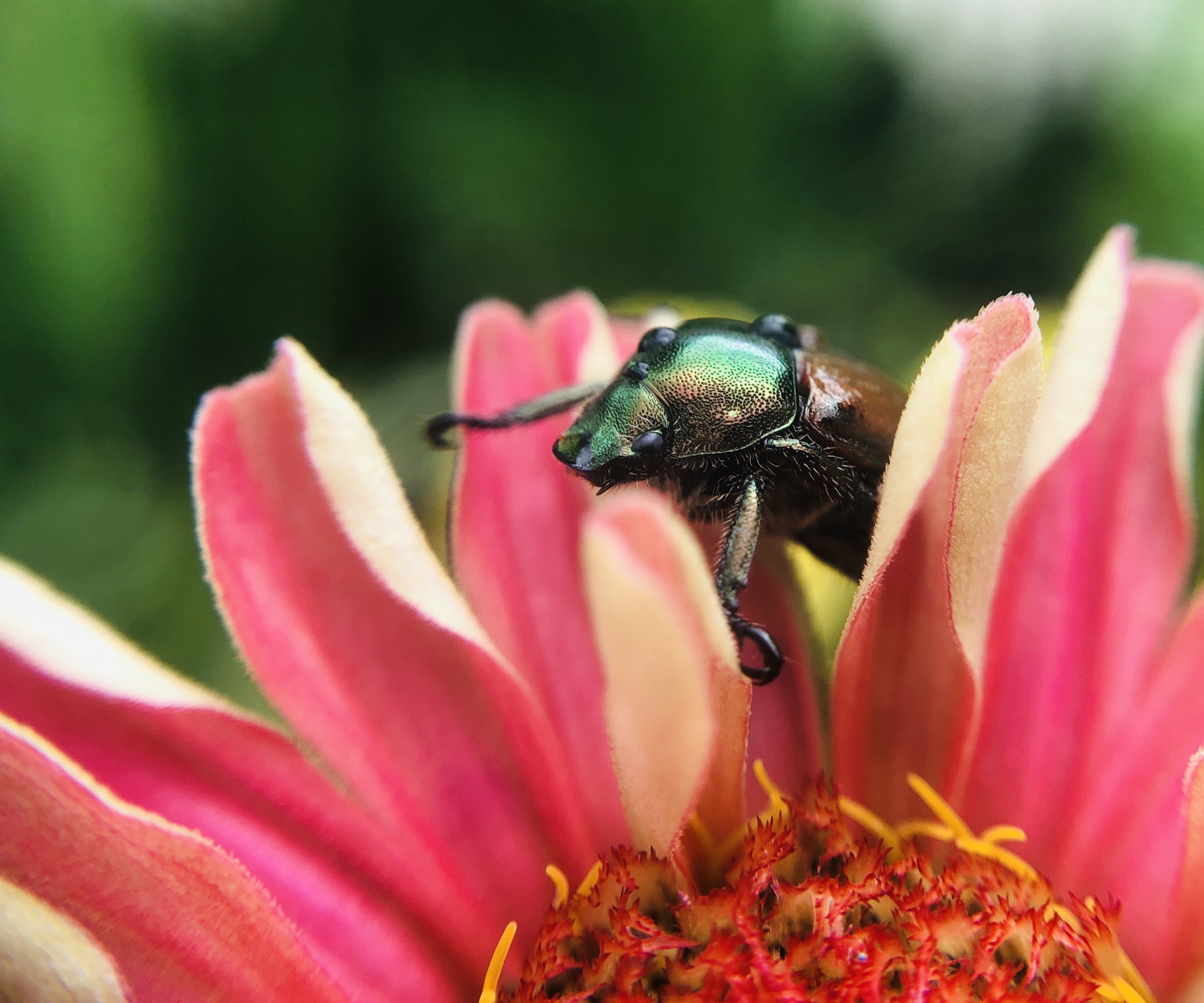
Various species of beetle are known to cause major problems for flower gardeners. Cucumber beetles, Japanese beetles, and several other types are all of special interest, as they are able to quickly cause severe damage to both foliage and flowers. Left untreated, injury to plants can continue throughout the growing season, ultimately resulting in the spread of disease and decline of garden health.
7. Cutworms
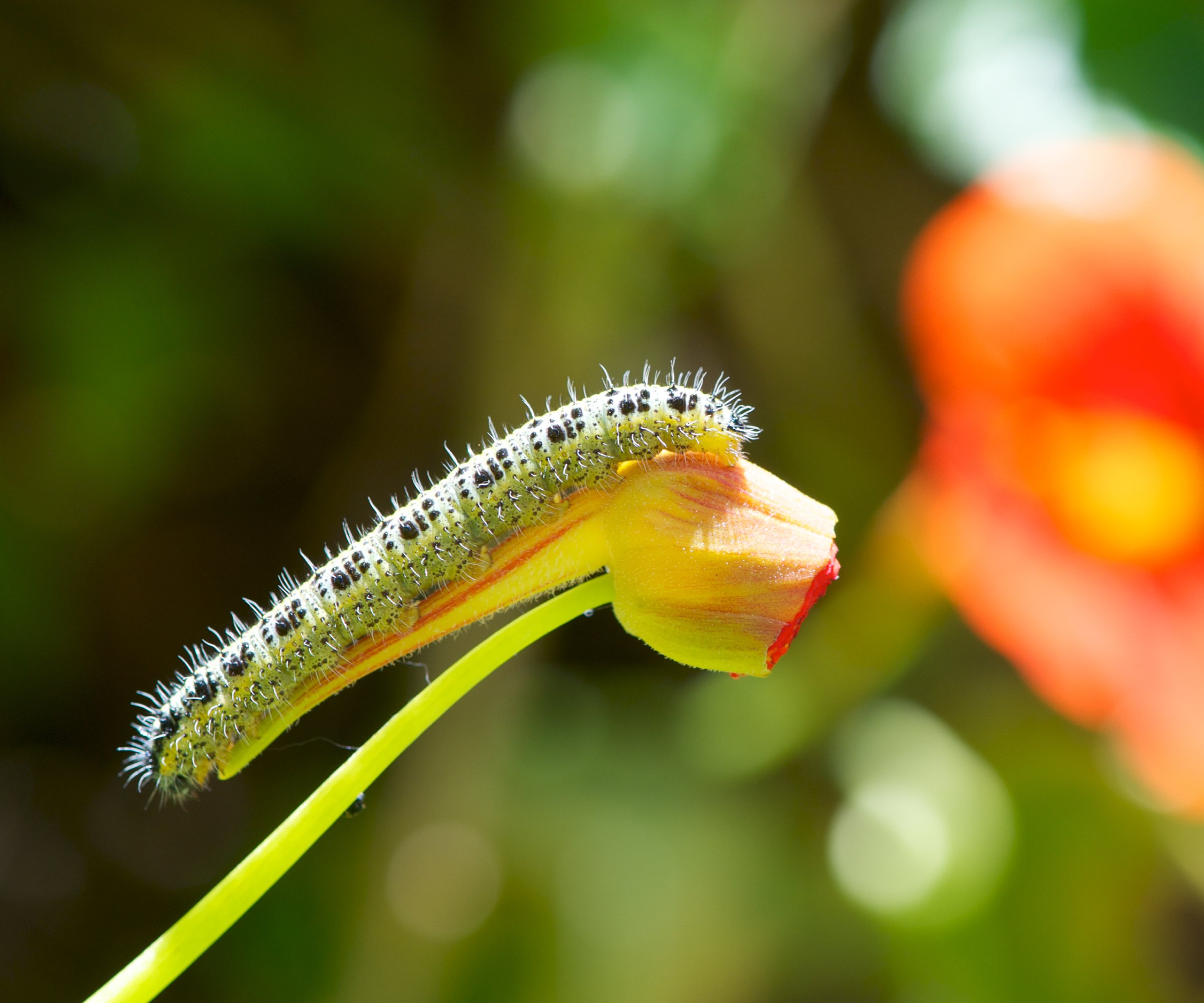
The term “cutworm” is used to refer to several types of caterpillars or larvae, all of which feed on garden plants. These pests are most problematic early in the growing season, from spring to mid-summer. Noticeable signs of damage caused by cutworms include large “cut” or crescent portions taken from the leaves, as well as the presence of dark droppings on or near plant foliage.
8. Rose Chafers
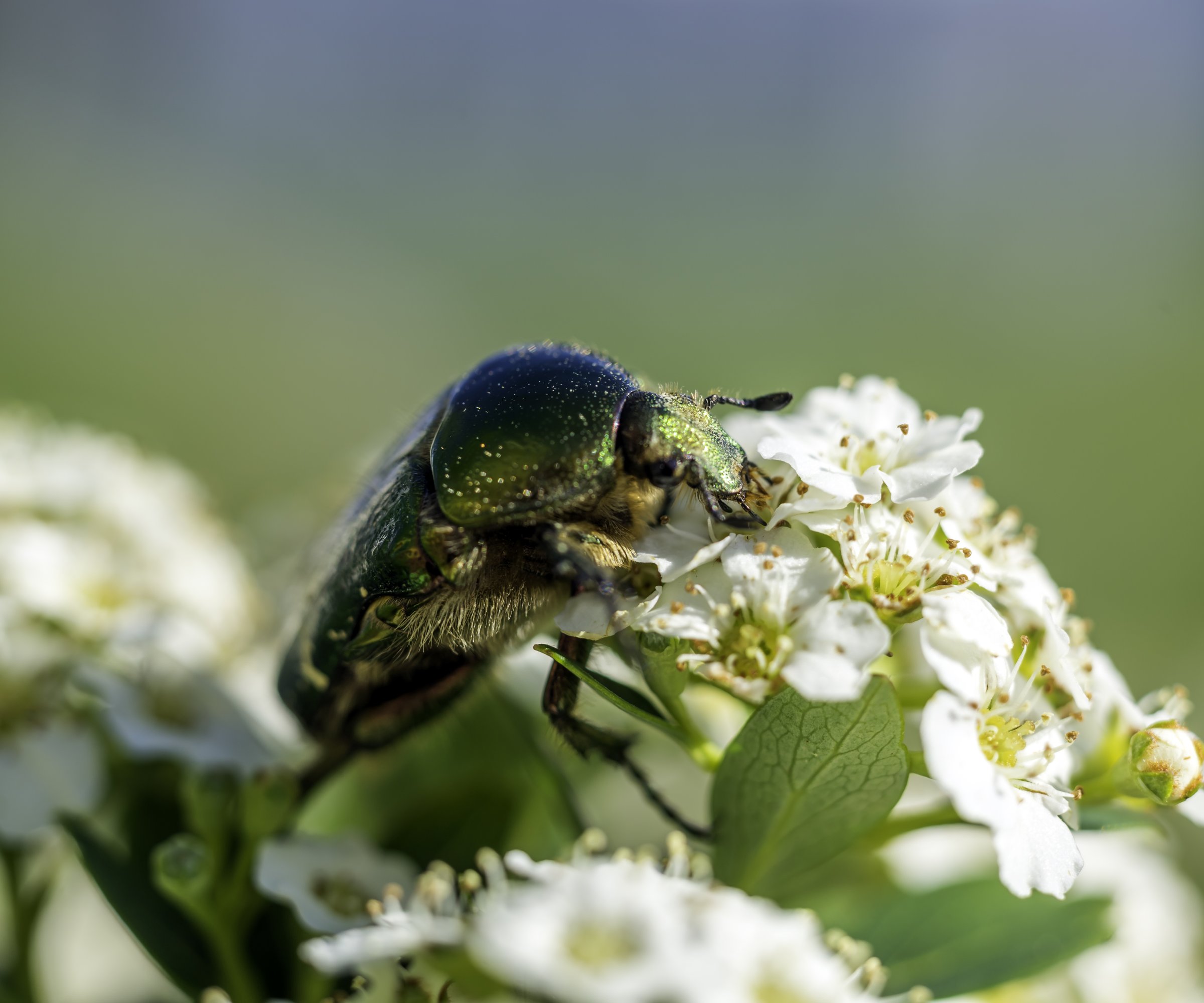
Technically considered a beetle, rosarians may be frustrated to find this species devouring their favorite garden cultivars. Rose chafers may feed on other plants, as well. Dahlias, geraniums, and peonies are among their most common targets. As the beetle has only very few natural predators, large infestations can leave plants completely defoliated, with all blooms devastated.
How Do I Get Rid of Bugs Eating My Flowers?
How to get rid of pests and insects on garden flowers varies depending on the type. In most instances, organic growers can regain control of their plants through the patient use of manual techniques. Hand-picking is an especially effective option for larger insects and those that feed during the day.
Other types of pests may require the use of traps or organic sprays, such as insecticidal soaps. Gardeners should always try to find alternatives to chemicals, since many compounds are harmful to beneficial insects. We recommend contacting your local garden center expert or extension service for detailed information on the safe use of any chemicals and safer alternatives.

Tonya Barnett has been gardening for 13 years. Flowers are her passion. She has transformed her backyard into a cut flower garden, which she regularly chronicles on her YouTube channel http://www.youtube.com/@tonyawiththeflowers.
-
 Looking For Plants To Give You The Soft And Fuzzies? Try These 5 Fuzzy Leaf Plant Options
Looking For Plants To Give You The Soft And Fuzzies? Try These 5 Fuzzy Leaf Plant OptionsLovers of texture, drama, silver foliage and tactile plants will adore these special sensory garden additions. These fuzzy leaf plant options will leave you all aglow
By Susan Albert
-
 Get Ready For A Summer Of Hummers! Grow These Full Sun Hummingbird Plants and Flowers
Get Ready For A Summer Of Hummers! Grow These Full Sun Hummingbird Plants and FlowersIf you’re lucky enough to enjoy a sunny backyard, make sure you are maxing out on your pollinator opportunities and grow these full sun hummingbird plants and flowers
By Tonya Barnett